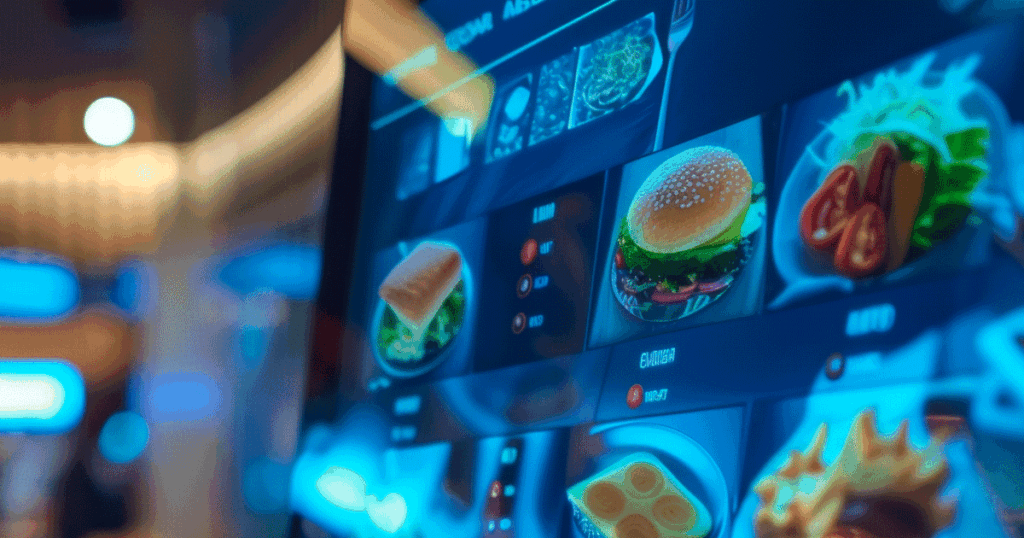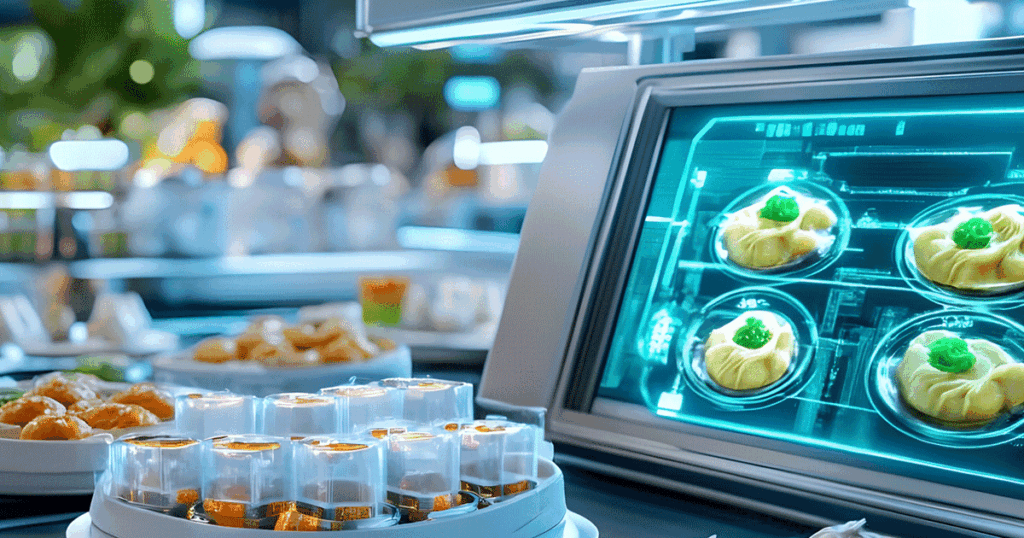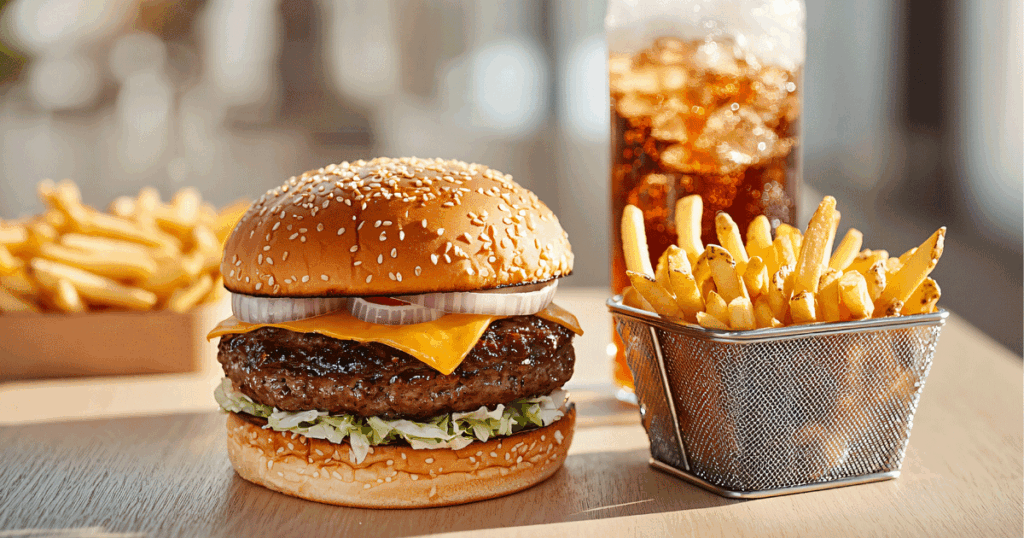
Technology in QSRs is no longer optional — it’s becoming standard. Brands that combine innovation with consistent execution and a human element will win long-term customer loyalty.

Intouch Insight conducts an annual Emerging Experiences Study. This year’s report analyzes how emerging technologies — Voice AI drive-thrus, mobile ordering for pickup, and in-store kiosks — are reshaping the quick service restaurant (QSR) customer experience. It is based on 360 mystery shops across nine top QSR brands, benchmarking new formats against traditional service on speed, accuracy, friendliness, and satisfaction.
Key Findings
Voice AI Drive-Thrus
- Delivered faster service with shorter wait and service times.
- Maintained high friendliness ratings, often matching or exceeding employee interactions.
- Challenges remain — about 22% of visits required employee intervention due to glitches, especially with order customizations.
Mobile ordering (for drive-thru and in-store pickup)
- Reduced wait times, up to 3.5 minutes faster than traditional methods.
- High satisfaction and customization flexibility.
- Some issues: unclear pickup instructions and less upselling compared to in-person orders.
In-store kiosks
- Improved speed and ease, especially when lines were long.
- High satisfaction with ordering and customization.
- Lower friendliness scores (66% vs. 78% benchmark), highlighting a lack of
personal interaction.
Source: 2025 Intouch Insight Emerging Experience Study
Additional Sources: https://www.foodindustry.com/articles/how-big-fast-food-chains-are-going-digital
https://www.qsrmagazine.com/story/revolutionizing-the-restaurant-sector-with-artificial-intelligence-in-2024/
https://www.mobiloud.com/blog/mobile-apps-vs-mobile-websites

Just as travel brands are adapting campaigns to shifting consumer behaviors, QSR brands must also evolve their offerings to meet Gen Z’s expectations.
Gen Z is driving demand for international and fusion flavors, including spicy/sweet combinations and dipping sauces. Think gochujang, hot honey, harissa, etc. his generation is adventurous with their palates and seeks experiences that feel fresh, global, and share-worthy. They’re driving demand for international and fusion flavors—especially bold, layered profiles that blend heat, sweetness, and umami. Spicy-sweet combinations and distinctive dipping sauces are becoming menu staples, from gochujang-glazed wings and hot honey chicken sandwiches to harissa-infused spreads and chili-mango shakes. For QSRs, these flavors not only satisfy taste buds but also deliver the “newness” and cultural relevance Gen Z craves—making them more likely to post, share, and return.
Global & Bold Flavors: Gen Z craves adventurous sauces and spicy/sweet combos that stand
out on social media.
Chicken Focus: Portable, customizable chicken tenders, wraps, and sandwiches dominate menus, driven by Gen Z’s demand for protein and shareable food.
Custom Drinks as Identity: Seasonal, colorful, or functional beverages (e.g., refreshers, teas) let Gen Z express personal taste and then post online.
Value + Customization: Limited time deals and value menus remain essential, but Gen Z expects the freedom to customize their order.
Nostalgia Meets Novelty: Retro items like Snack Wraps return, blending childhood memories with new flavors to spark excitement and social buzz.
Source: https://www.businessinsider.com/biggest-fast-food-trends-2025-3

QSRs boost traffic with $5 deals while adding AI, robots, and drones to cut costs and speed service amid economic headwinds.
In 2025, the restaurant industry is doubling down on value-driven promotions to combat flat traffic and inflation pressures. Major chains like McDonald’s, Burger King, Wendy’s, and Outback Steakhouse are rolling out $5 meal deals, buy one get one offers, and other low-price combos to win back price-sensitive diners. These deals tap into consumers’ demand for affordability without sacrificing menu appeal, especially as dining out remains a discretionary spend for many households. Meanwhile, nostalgia and limited-time items continue to drive buzz and short-term spikes in visits.
At the same time, restaurants are aggressively investing in automation and data integration to improve efficiency and offset rising labor costs. Voice AI in drive-thrus, self-service kiosks, robotic kitchens, and even drone deliveries are helping brands serve customers faster and more consistently. Chipotle, for example, has introduced automated avocado prep and bowl assembly, which cut order times and boosted visits. Behind the scenes, operators are also leveraging predictive analytics for staffing and inventory management to protect margins. While economic uncertainty and recent bankruptcies signal ongoing challenges, brands that blend operational resilience with customer-focused value and tech innovation are best positioned to thrive.
Source: https://www.barrons.com/articles/restaurant-outlook-meal-deals-drones-robots-2025-b5330b9d
For more information, visit harmelin.com, or connect with us on LinkedIn or Facebook.


